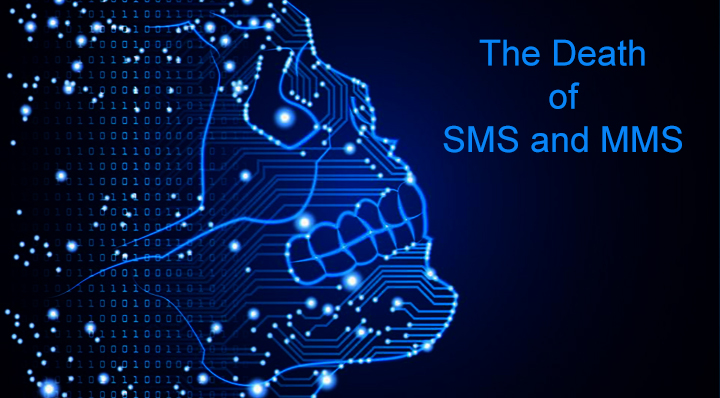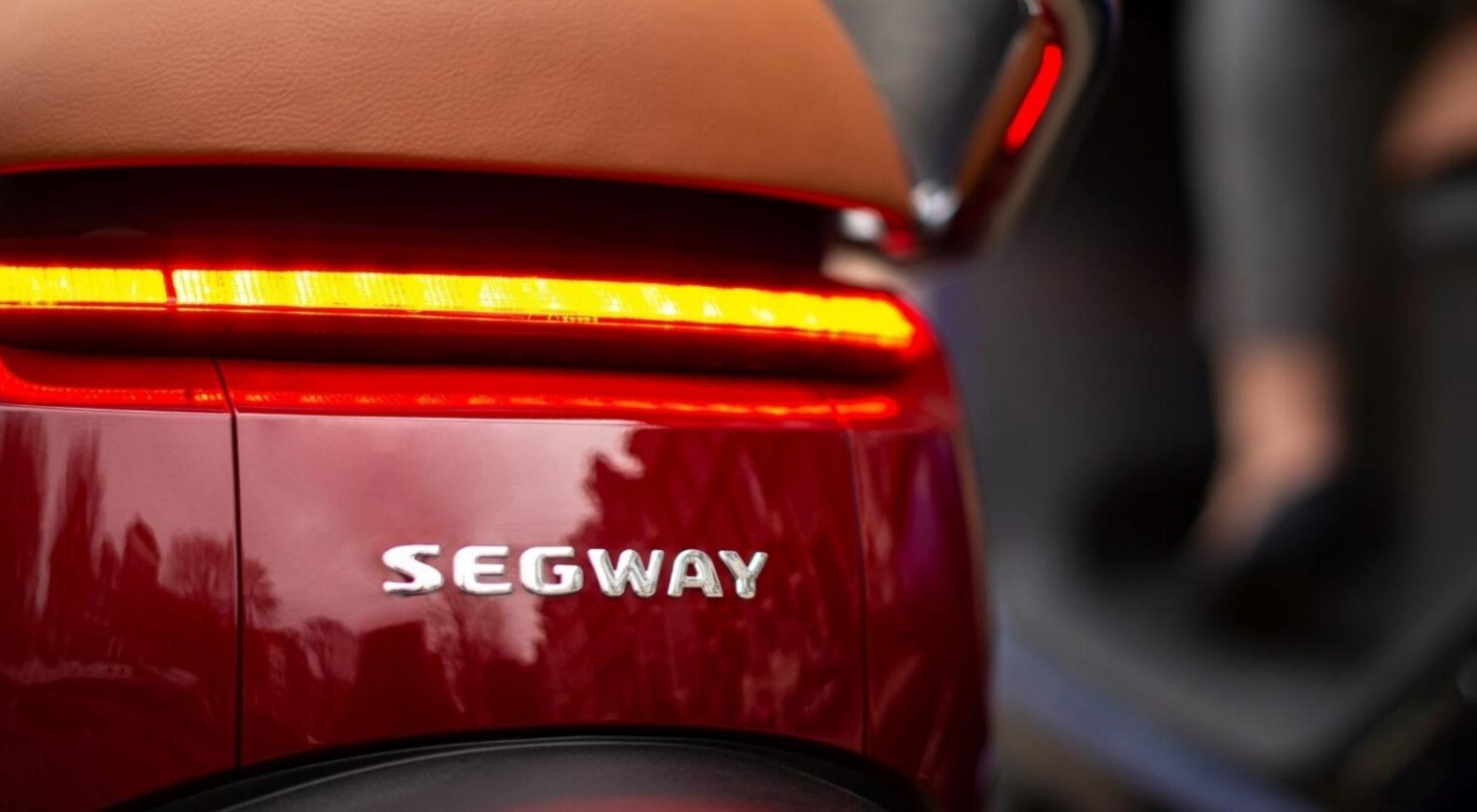Goodbye SMS/MMS. Hello RCS: Will you need a new phone soon?

It’s rare that a new tool replaces something that a lot of people use every single day such as texting via SMS and MMS. Yet, that’s what may be happening in the near future with Rich Communication Services or RCS for short! Would you need a new phone in the near future? Read on to find out!
What is RCS?
RCS, or rich communication services,
RCS creates an app-based style of texting inside your phone's texting app. It is set to replace SMS and MMS messages to let Android users send messages similar to how Apple’s iMessage works or Whatsapp.
Of course, this doesn’t only change the way you text your family, friends, and colleagues, but it’ll also affect the way verified brands communicate with you. So instead of getting some boring old text-only messages from your favorite brands like eBay, retail stores, your local pharmacy, daycare, etc, but instead, businesses (and individuals alike) can build fantastic experiences to send out, rather than a standard text message.

How is RCS different than SMS and MMS?
RCS is different from SMS and MMS in various ways. When it does eventually replace SMS and MMS, it will introduce plenty of new features with the possibility of even more features in the feature, such as:
Replacing shortcodes and numbers with names
I find it very annoying when I receive a promotional text from the number “123456”, half the time I don’t know where these texts are from immediately unless I read through the text or click on the link they provide, which I’m inclined not to (too many phishing scams out there!),
As part of the RCS experience, it allows businesses to replace these numbers with their company name. They’ll need to request verification from Google, their carrier or from an operating system first, but then, instead of receiving messages from “558493”, you may get a message from “Wireless 1” with customized logos and colors as an example, instead.
New omnichannel features
Of course, it’s not limited to name and color changing. It allows brands to send you images, videos, maps, interactive buttons, files, and a number of other elements that you can interact with directly from your phones native applications.
MMS already offers similar features. Whenever you send through an image, file, or video through your standard text application, it usually converts to an MMS and sends it to your contact. However, RCS offers a variety of options that MMS does not. Such as branded, verified experiences for customers to feel more confident and secure when receiving a message like this that isn’t constrained to a limited number of characters or size, which you can’t get with MMS or SMS today.
Simplified and engaging replies
Sometimes, customers may be asked to reply with a specific set of words, which brands may risk customer dropouts or misuse due to this. However, tools like Facebook Messenger or other apps allow customers to pick from a number of automated replies as an option for many years now. Some SMS applications have these features already, such as Google or Samsung’s apps for example, but those replies are suggested from the application itself, so customers or businesses don’t have an option to customize those replies. If you were to message a business on Facebook, you more than likely would have already seen this feature in action.
With RCS it’ll let brands offer their own suggested responses and custom options that the customers can choose from, with just a tap of a button. Instead of sending large video files that require you to download them which may take a bit of a toll on your data plan, this tech lets customers click links and view them directly inside the application
So not only is the content much richer, the experience is easier and seamless. Whether it may be from brand to customer or just person-to-person, the communication experience is effortless and effective. Even at these early stages of the technology, it’s limitless and it’s an experience you can build however you imagine it.

How Will RCS affect customer texting?
It’s easy to see how these will improve everyday texts. For example, if a patient has multiple prescriptions that are available to refill, they can visually see what these are to pick and choose at their convenience rather than going through a long list of texts via SMS and texting back what they need. Instead, it’ll be simple as choosing what you need and clicking the “I want these refilled” button which the business would have customized.
So the engagement rates on RCS are pretty high. Without the use of just natural plain text messages, businesses can put in an effort to bring forth a more personal experience for their customers. RCS will just make functions and calls much easier to comprehend.
So customers can simply press a single button to reply, play videos, download files, codes, and more! So with the reduction in effort and focus on simplicity, allows customers to more likely use the messaging service to contact and reply to businesses.
Will RCS Replace SMS in Person-to-Person Texting?
Well, RCS has been around for longer than you may think. It grew quickly and significantly in Europe, however, took a few more years until it expanded into North America. Google, however, has been marketing RCS as the next-best technology ever since 2015. They expected to only use this for their chat applications, specifically person-to-person communication, but that shortly changed.
Wirelessly, it took some time before carriers jumped on board with RCS. With a lot of competition, carriers weren’t particularly open to adopting this without having more questions answered first. For example, “who gets to set the price point?” “Which company will set the limits?” “Who will be doing the work?” etc. However, in late 2019, the four major carriers announced the Cross Carrier Messaging Initiative (CCMI), a decision to work together in order to move this technology to the forefront of their platforms. After this announcement, Google had pushed out their person-to-person (P2P) RCS system to all eligible Android phones.
So P2P RCS is currently in limited use today and carries seem to have identified P2P as the best place to start for this services, however, with how much value RCS brings to the brand-to-customer messaging side of things, with the possibility of new revenue streams for carriers and operators, the move to replace SMS in brand-to-customer messaging will not fall too far behind, it may just be right around the corner.

RCS Strategies: Make the Most of a New Technology
More and more companies are being enticed by the idea of SMS being replaced by RCS, become verified, cut out shortcodes, and do something different with the way they communicate to their customers. Before getting started though, companies will need to form a plan on what they want to achieve with this service. They’ll need to consider both the inbound and outbound perspective of the brand to the customer or vice-versa.
Build inbound customer flows
With RCS, customers can simply search on their phones for their local shop, a hotel, train station, gym, etc. However, businesses cannot expect customers to be able to dictate every interaction. The companies will have to create a strategy and build the inbound flows for different types of customers that allow them to feel like they’re having a natural conversation with human support staff. So they can think of how they want to interact with customers, when, and give them the ability to communicate any way they prefer, basically, it’s a “channel of choice”.
Design an experience
The beauty of RCS is that you don’t need to download a separate app to use it, however, the interface is app-like meaning businesses can customize this the way they want it to look, similar to EDMs you may already get from other businesses. Businesses will have to take into account how inbound and outbound experiences will differ so that they can make it easier for customers to confirm appointments, download coupons, complete forms, or any common task from the business the customer is interacting with.
Find a partner
In order for businesses to replace SMS in customer texting and send RCS messages to thousands of customers, they’ll need to find a messaging provider first who already has a plan for RCS. Secondly, they’ll need to consider a managed provider with RCS experience. This way the provider can help design the experience that’s best for the business's customers.

RCS: The Future of Customer Texting
Customer texting has come in many shapes and forms over the years since traditional SMS and MMS had been regularly used. From single messages outbound to directed responses in two-way conversations with agents. Businesses have seen the value of texting customers for many years. RCS will be the next step in this progression and when it comes to replacing SMS and MMS soon, businesses will have new ways to make customer interactions easier and more engaging than ever before.
So finally, do you need a new phone in the near future in order to use RCS? Probably not. Considering Google has already pushed this out to their platform via a firmware update for Android users, other companies may follow suit as long as their OS is built to support RCS.












